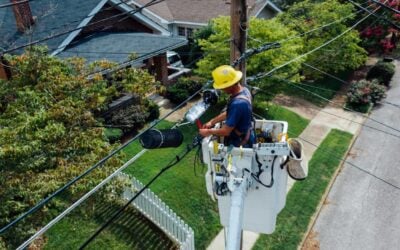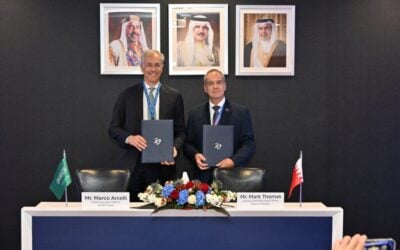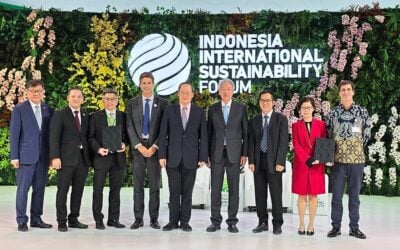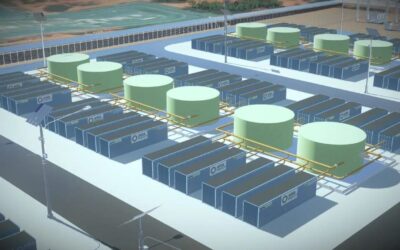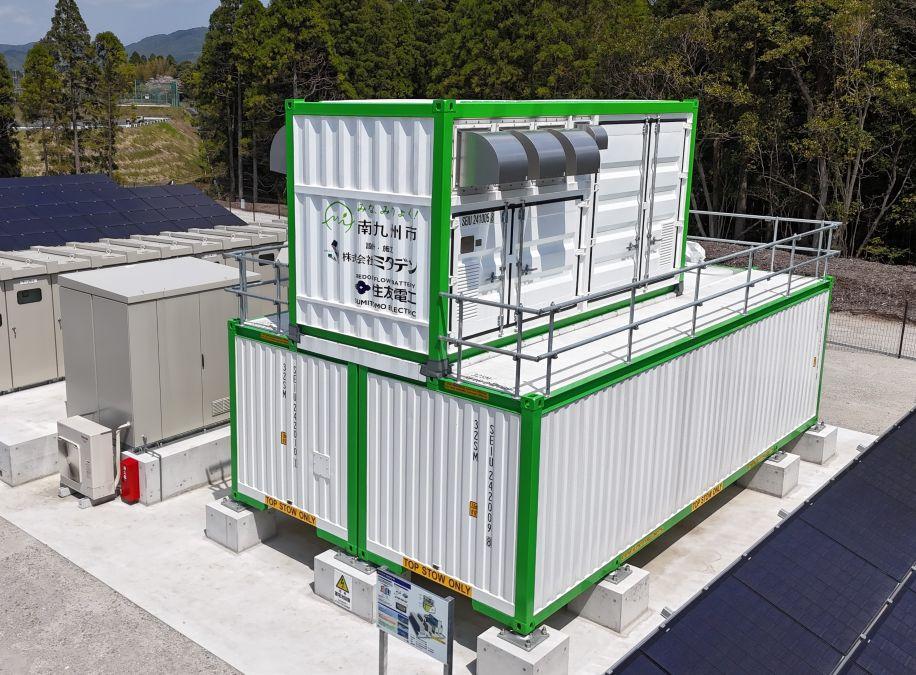
Sumitomo Electric has inaugurated a vanadium redox flow battery (VRFB) system at a community solar microgrid in southern Japan.
A ceremony was held last month (22 April) to celebrate completion of the energy storage system at Kurokiyama Solar Power Plant in Minamikyushu City, Kagoshima prefecture, on the island of Kyushu.
The project is designed to manage electricity use by commercial operations in Minamikyushu. It stores energy generated by solar PV during the day and outputs it to the local grid in the evenings and at night.
Using Sumitomo Electric’s 250kW, 4-hour duration flow battery system (nameplate storage capacity: 1,125kWh), Kurokiyama Solar Power Plant will supply electricity to 10 commercial & industrial (C&I) facilities via dedicated power lines.
Try Premium for just $1
- Full premium access for the first month at only $1
- Converts to an annual rate after 30 days unless cancelled
- Cancel anytime during the trial period
Premium Benefits
- Expert industry analysis and interviews
- Digital access to PV Tech Power journal
- Exclusive event discounts
Or get the full Premium subscription right away
Or continue reading this article for free
Sumitomo Electric also provided the flow battery’s energy management system (EMS), based on the company’s Sumitomo Energy Management System Architecture (sEMSA), which incorporates proprietary system architecture. SEMSA is designed to optimally control and aggregated distributed energy resources (DERs).
The microgrid can also be islanded to serve as a backup power source during grid failures and provide electricity to evacuation centres in emergencies such as natural disasters.
The city authorities originated the project in line with achieving ‘Zero Carbon City’ status by 2050, a goal adopted in February 2022 following the Japanese government’s 2020 declaration of a nationwide net zero emissions goal by the middle of this century.
Minamikyushu City said in its own declaration that it was committed to “working together with citizens and businesses to realise a decarbonised society,” with efforts to create a circular economy and hand down the “blessed environment” to future generations.
While it is among the smaller VRFB systems Sumitomo Electric has deployed or been contracted to deploy in recent months in Japan and overseas, the project in Kyushu marks a first for the company as a community microgrid in Japan.
Sumitomo Electric was behind what was for a long time the world’s biggest flow battery project, a 60MWh system on the northern Japanese island of Hokkaido, which went into commercial operation in 2015.
It has since been superseded by Rongke Power’s 175MW/700MWh vanadium redox flow battery project in China which went into operation late last year. However, Sumitomo’s Hokkaido project still remains among the world’s biggest with just a handful of other flow batteries of multi-megawatt-hour scale in development or operation.
In 2023, the technology provider announced a 1MW/8MWh (8-hour duration) flow battery project for a municipal electricity company in Niigata, on the Japan Sea coast, which would participate in wholesale market energy trading.
It has since announced other projects in the country, including the first flow battery project to avail of a Japanese government subsidy scheme designed to promote the uptake of energy storage in line with the 2050 carbon neutrality goal.
Sumitomo Electric Industries was established over 120 years ago and listed on the Tokyo Stock Exchange in 1949, and is active in sectors including energy & environment, electronics, automotive, IT communications and industrial materials.
Sumitomo Electric said its technology was selected for the Kyushu project for the flow battery’s ability to operate over a long lifetime with minimal degradation compared to lithium-ion (Li-ion) battery storage and low fire risk.
Elsewhere, in the US, the California Energy Commission (CEC) has funded or provided financial support for several community microgrids using various non-lithium electrochemical battery storage technologies.
These include zinc batteries, vanadium and zinc-bromine flow batteries and others, and are aimed at helping rural communities, which are often at the mercy of ageing distribution lines, mitigate the risks of blackouts, wildfires and other power supply outage drivers, as well as increase their ability to adopt renewable energy sources.
Incidentally, Sumitomo Electric was also the provider of the US’ first large-scale flow battery, a 2MW/8MWh system, also in California, with utility San Diego Gas & Electric (SDG&E). A seven-year evaluation of the VRFB’s performance was completed in 2023 by independent experts.


